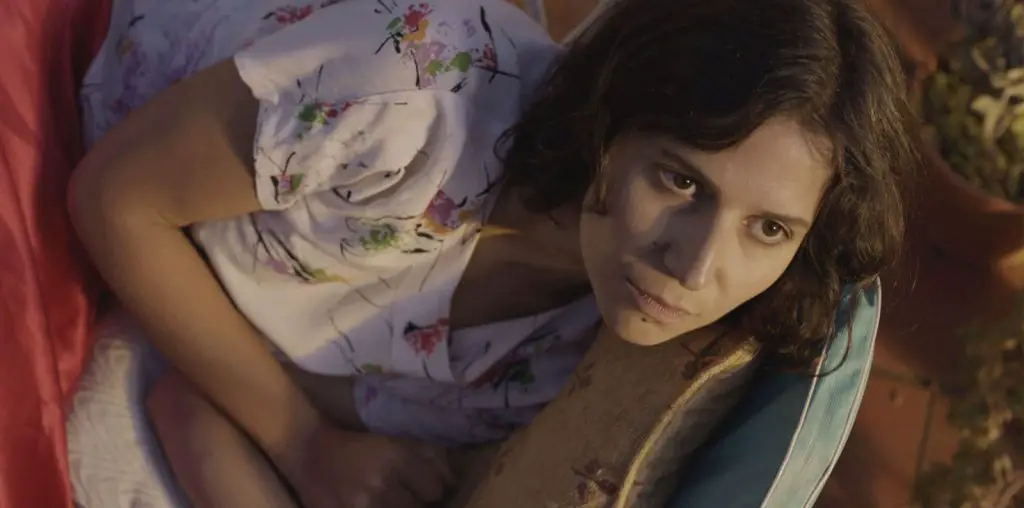
2007 SUNDANCE SPECTRUM FEATURE! In this fantastical representation of turn-of-the-century Japan, human beings exist in a world dominated by mushi, “the phantom soul of nature breathing inside every living thing… and the dead.” Though few are able to actually see them, mushi, or bugs, parasitically attach themselves to the bodies of their unsuspecting human hosts, causing ailments ranging from commonplace (such as deafness) to thoroughly bizarre (the growing of horns, to name one). Once an individual has been infested with bugs, his or her only hope lies in the power of the mushishi (bugmaster), a person imbued with the rare ability to see and control the destructive mushi.
Adapted from the manga by Yuki Urushibara, “Bugmaster” follows the journey of mushishi Ginko as he simultaneously tries to deal with the bugs in his present-day community and confront those that have controlled his own past. Quiet but powerful in his portrayal of the gifted bugmaster, Joe Odagiri commands the respect of those he cures while silently battling his own inner bugs. And throughout the film, Japanese animator and director Katsuhiro Otomo permeates the already-magical landscape with diaphanous clouds of CGI mushi, both menacing and gorgeous in their abundance.
While “Bugmaster” weaves a fascinating and unsettling vision of this fantastical state of inter-dependence between human beings and bugs, a lot of the film’s potential to captivate was muddied by the overabundance of information regarding the specific mythology of the world in which the film takes place. For example, when a whole community of people fall deaf, entire scenes are dedicated to Ginko’s explanation of how the Wn bug feeds on sound while the Ah bug feeds on the silence created by the Wn bug (the Ah bug then causes horns to grow out of a little girl’s head, which fall off and become more Wn bugs… and so on). This amount of information may have been followable when the story was in manga form, but it definitely didn’t translate well to the film format.
As the film continues, the plot becomes more and more complicated, suffocated not only by the over-abundance of technical mushi exposition but also a series of by and large unresolved and unrelated subplots. In true quest format, the storyline (as well as the severity of various mushi-induced afflictions) mounts until the final moment of truth, when Ginko faces his powerful inner bug… and then faces it over and over again, in about five consecutive confrontations, none of which are resolved in any discernible way.
On a more positive note, the movie did contain a few good Japanese-style creep-out scenes and at least one good Japanese-style gore scene, if you like that sort of thing (I happen to love it). That said, this film really could have benefited from some more stringent editing. As is, “Bugmaster” may have some visually powerful moments, but ultimately comes together to form a story that is incomprehensible by the end.


